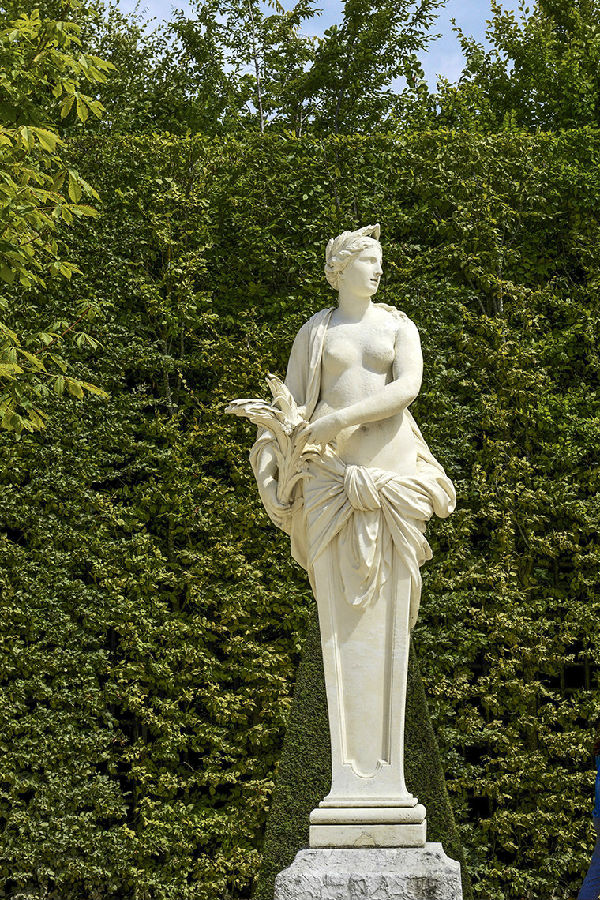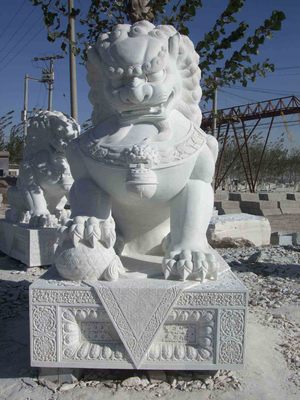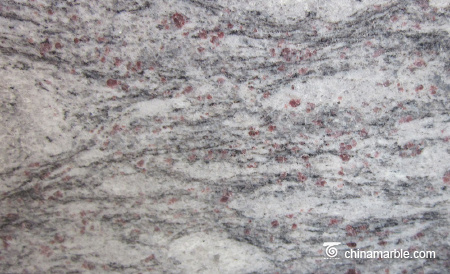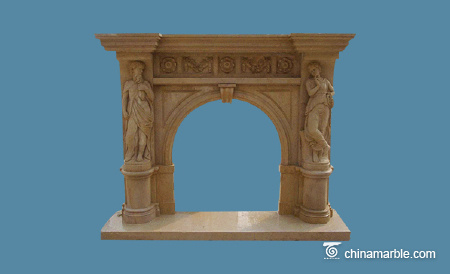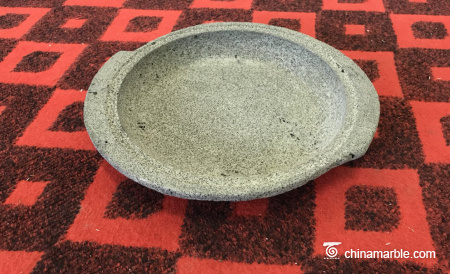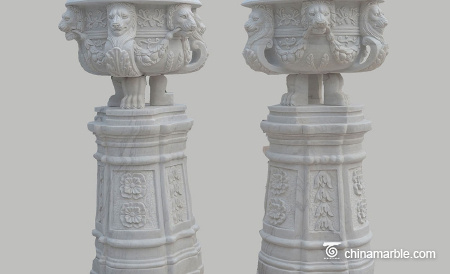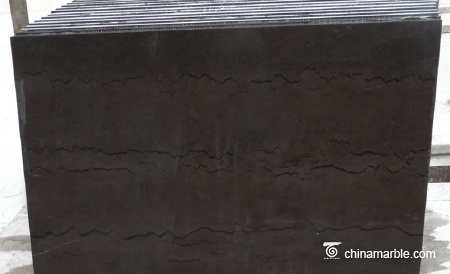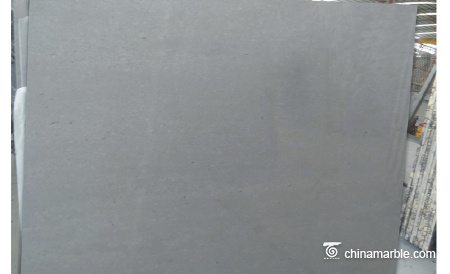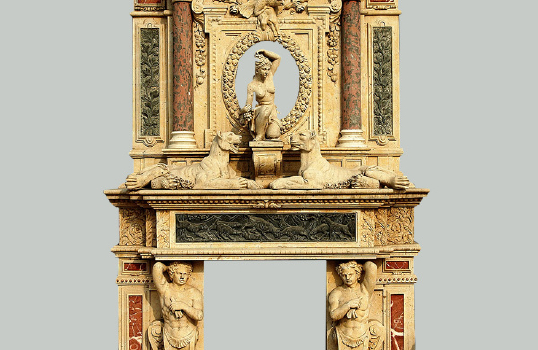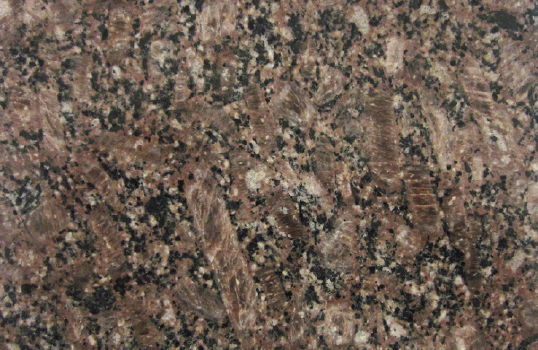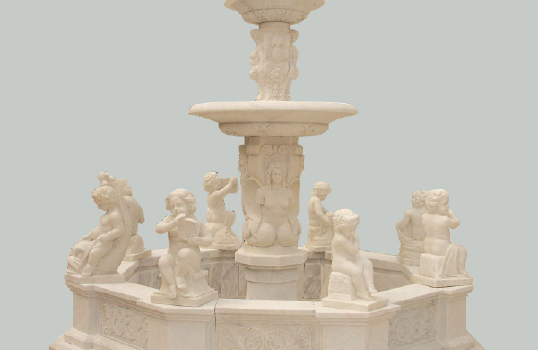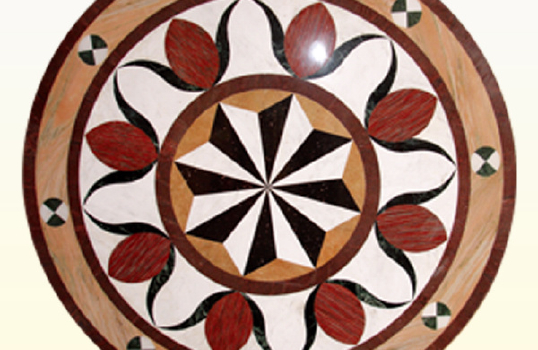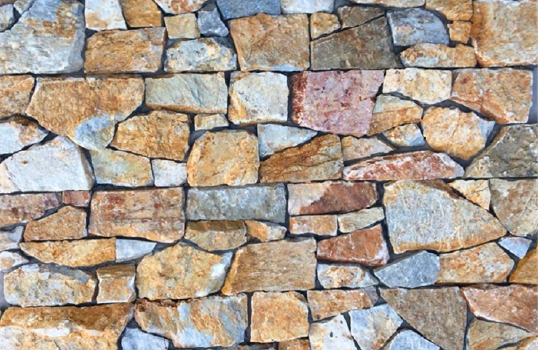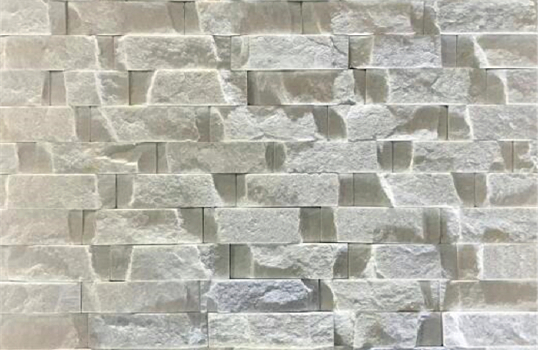Marble Carving and Stone Carving: Tools and Techniques of an Ancient Art
I carve sculpture in marble and limestone, using traditional tools and techniques which I learned as an apprentice in Italy and as a journeyman carver on the National Cathedral in Washington, D.C. This site is filled with examples of the work I created with these skills, including my gargoyles and stone fireplaces.
Marble carving tools have not changed significantly since the technique of forging steel was developed. The pneumatic hammer was introduced between 1885 and 1890 (powered by huge steam driven air compressors), and has pretty much replaced the wooden mallet and iron hammer. Carbide tipped tools began appearing in the middle of the 20th century. Most limestone carvers still prefer the old hand forged chisels, and keep a wooden mallet close at hand. The basic concepts of carved stone work haven't changed much in thousands of years, even as the tools have slowly evolved. splitting stone with a hand tool
The three basic types of chisels remain the same: a point for roughing out the stone, tooth chisels (also called claw tools) for shaping and modeling the forms, and flat chisels for the finished surfaces and details. Within each class there are endless variations; for example gouges, bull-noses and miter tools are all variations on the flat chisel.
Measuring and copying of designs is done in a variety of ways, depending on the requirements of the job. Architectural moldings can be cut using templets (now cut from plastic instead of the traditional zinc), which are traced on the stone. Many Marble carving can be done by eye, copying a drawing or rough clay or plaster model. For example, when Marble carving my gargoyles I will work by studying the block of stone, sketching on it with a pencil, and then developing the design from the block. When a precise copy of a model is required, accurate measuring techniques are employed. The "pointing machine", an outgrowth of the Egyptian canons and the old measuring box of the Greeks, is a type of 3D pantograph.
An Italian carver selecting a point on a plaster model and transferring that measurement to the marble sculpture.Sets of calipers can also be used to measure a point using triangulation, and to enlarge and reduce or produce a mirror image of a model. These methods basically boil down to digitizing the surface of the model, and reproducing it as a sort of 3D polygonal wireframe in the rough block of stone. In some ways, this most ancient of arts isn't that far from what is happening in 3D computer graphics. sawing a block of stone The stone is cut from the quarries in large blocks, typically weighing 20 tons. These blocks are transported to stone mills, where they are sawn to size. The saw in this image has a nine foot diameter diamond-tipped blade. Blades of this type were first invented in the 1890's, and now typically use synthetic diamonds for their teeth. Slabs and tiles are cut with multi-bladed gang saws, which look a bit like giant cheese slicers.
See how a Marble carving takes shape: I show a number of different projects, including step by step photos from concept through completion and installation. See how I create a fireplace and a pair of gargoyles. I recently completed a series of panels showing student athletes for the Univ. of Chicago Lab School. See drawings, roughed out stone, and completed panels for that project. Another recent project is a marble relief sculpture of the fossilized skeleton of a stegosaurus. I created a series of pieces showing the sequence of Marble carving for the Indiana State Museum.
Hot Products
